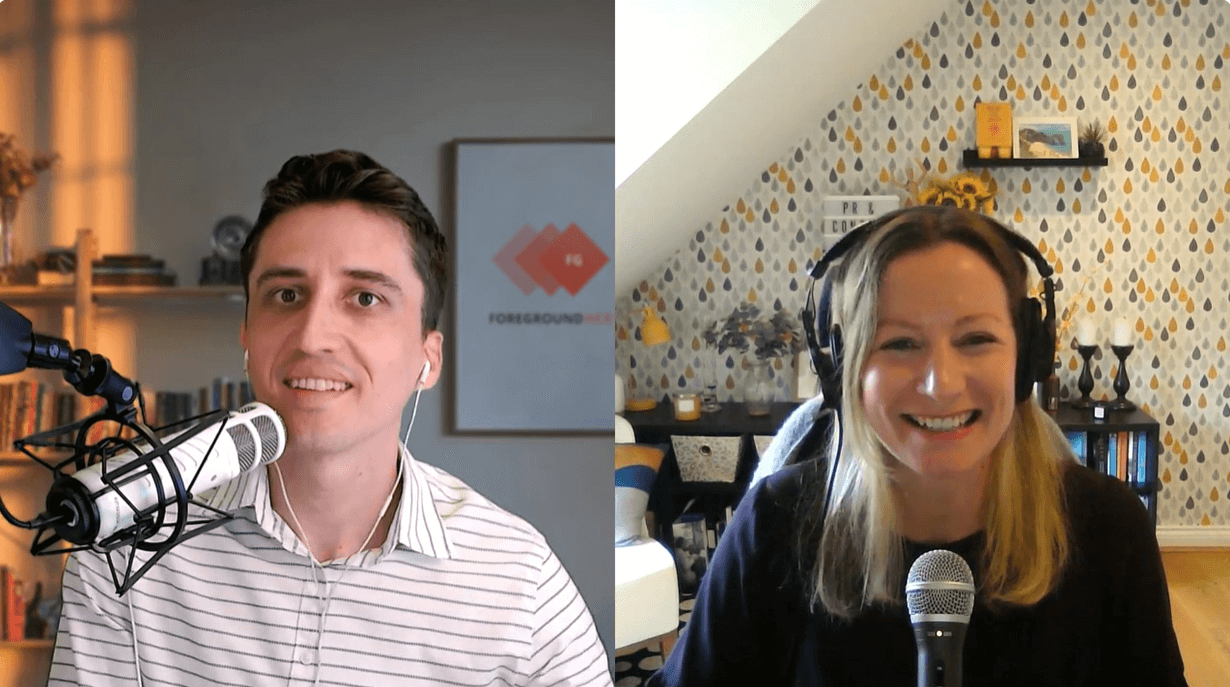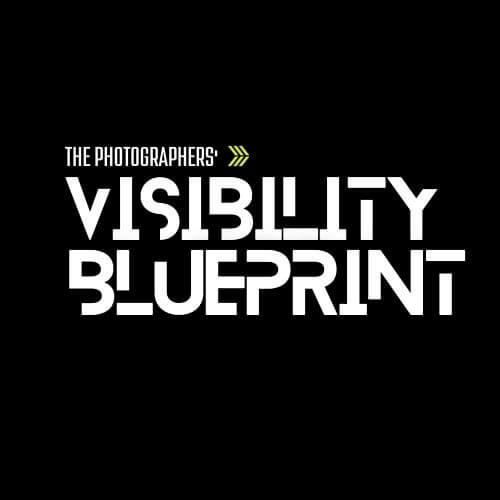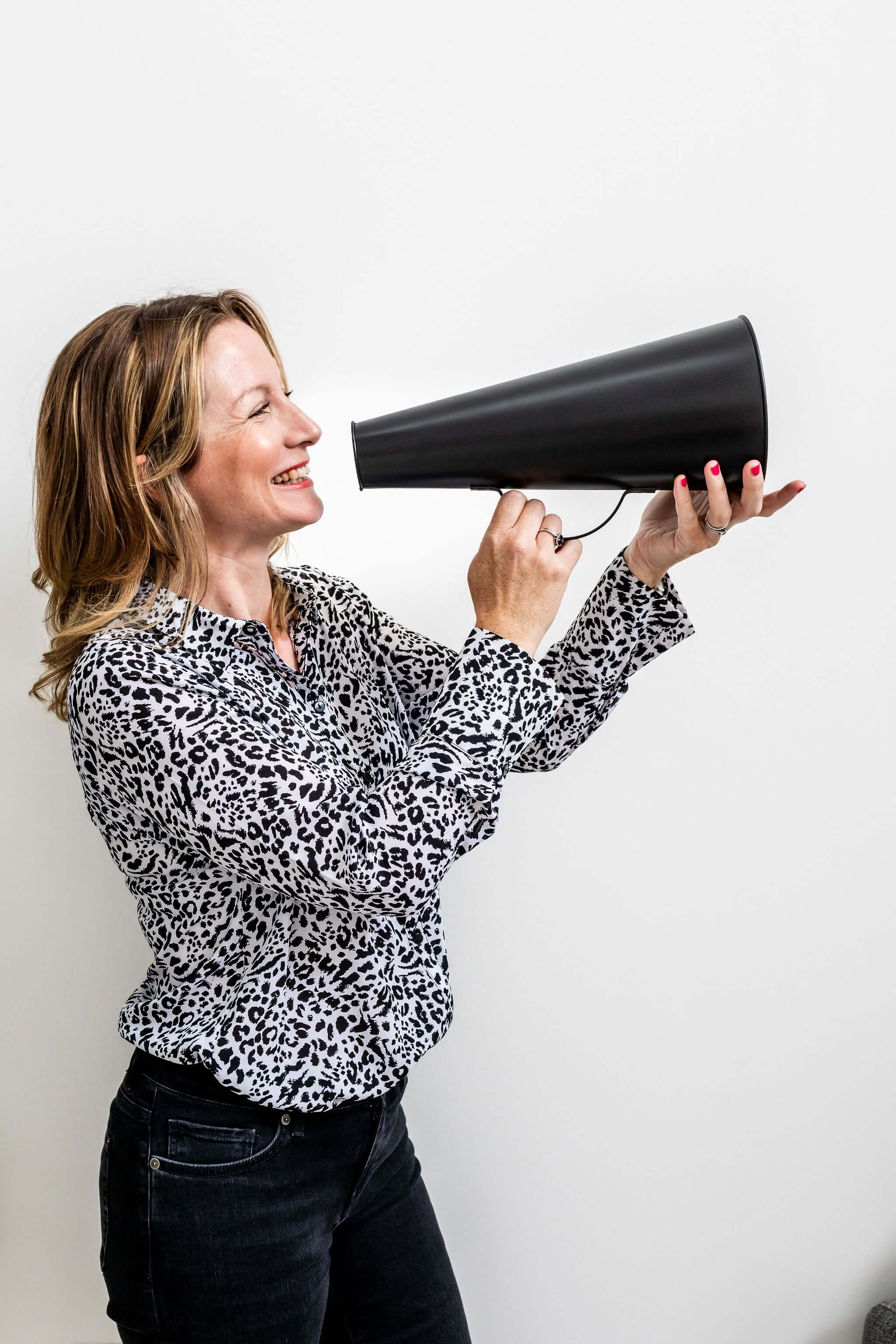An Essential Guide To Media Outreach For Photographers
If you’re a photographer looking to grow your business, then leveraging the power of the media and focusing on media outreach – the process of proactively pitching yourself to journalists – should be on your radar. After all, getting press coverage is a smart way to increase visibility and build credibility in the photography industry.
Being visible, promoting your work and building awareness, trust and rapport with potential clients is key to the long-term success of any photography business.
In this article, I’ll reveal how you can leverage the power of the media, develop an effective media outreach strategy and get your photography (and yourself) featured in the press.
Earned media: An untapped photography marketing opportunity
While photographers often prioritise social media marketing above all else, PR strategies are still so underused! There are endless opportunities to secure media publicity, but most photographers don’t even try! The irony is that PR is one of the most effective ways to give a boost to your photography business.
Another great thing about PR and media relations is that the result – publicity or earned media coverage – is free too! And, media publicity is not just about getting your name out there either. It’s also about positioning yourself as a trusted expert in your field, boosting your credibility and building your brand.
Why bother with media outreach?
By focusing on proactive media outreach, you can set your photography business apart and help yourself to get noticed by the right people.
No photographer wants to blend into the crowd, so to stand out you need to ‘zig’ when everyone else is ‘zagging’, so to speak! Include public relations strategies into your marketing mix and you’ll be doing something different to the majority of other photographers in your local area or niche.
Effective Media Outreach: Tips for photographers
1. Create media-friendly assets
As photographers, you preach the importance of investing in photography to your clients, but how often do you update your own image bank? Do you have up-to-date headshots and pictures of you working and interacting with clients?
Having professional branding photos of yourself is essential if you are planning to reach out to the media or are crafting a PR campaign. Why? Because you may need these to support any media coverage and editorials written about you, and journalists may give preferential treatment to those who can supply them with high-quality visual assets to support an editorial.
I’d suggest a mixture of portraits and lifestyle shots that show you in action working as a photographer.
While a polished headshot can be the most suitable for some types of media features, journalists will also appreciate your supplying photography that shows you doing what you love – prepping for shoots, capturing images, interacting with clients or working in your studio or out on location. These types of images are authentic and relatable, and they help potential clients connect with you on a personal level.
By building up a bank of press-ready images and sharing these with the media when needed, you get to control your personal brand and how others perceive you, plus may potentially secure a larger editorial write-up! Imagery adds visual interest to media articles and features.
Sidenote – Of course, you can also use these same images in a multitude of ways, for example, on your social media channels. Humans are drawn to photos of people and faces in particular. Showing behind-the-scenes shots from your workday, sneak peeks of your shoots, or even the gear you use and the process behind your photography can help demystify your work and create a deeper connection with your audience.
Tip: Schedule a branding shoot for yourself if it’s been a while since you updated your headshots and brand images. Not only will these photos make your PR pitches stand out, but they can be used in a multitude of ways in your wider marketing, and also help clients visualise the experience of working with you which helps build trust.
2. Tell stories, don’t just pitch your product!
When it comes to pitching to relevant journalists or editors, it’s important to remember that they are looking for stories, not just images. Focus on storytelling rather than just showcasing the photos and expecting a media publication to be interested.
Whether it’s a particular project, photography book, calendar or photo service you are keen to promote, sharing stories will add an important human element to your pitch, as well as add depth and context to what you’re sharing.
Tip: When crafting your media pitch, make sure to incorporate a story that connects with the publication’s audience. Think about how your photography can speak to their readers’ emotions, interests, or current trends.
3. Highlight the news value
To improve your media outreach, also always emphasise the news value. Answer the question the journalist will be asking themselves as they read your pitch – “Why is this important now?”
Even if it’s not a news outlet you are pitching, journalists don’t want to write about something that is old news or has been covered in a multitude of ways already. You unique experience or insights though could put a fresh spin on an already-covered topic.
Share your exclusive insights to boost your chances of securing media coverage for your brand. For instance, an elopement wedding photographer could offer a wedding publication insights into why elopements are on the rise. The key is to think beyond the photo and your commercial objective and present a story to the media outlet that resonates with their priority – their audience.
4. Strategic media outreach
If you want to land press coverage, it’s important to have a media outreach plan and to be strategic with your pitches. Rather than reaching out to random media contacts and publications, focus on your key media primarily and build a media contact list that is most likely to feature the story or news you have to share.
Prioritise targeting those that align with your photography style or target audience. Build a target media list and aim to understand the type of content they typically feature so you can tailor your pitch to match their editorial focus and style.
I’ve found that sending a personalised pitch, instead of a one-size-fits-all email, helps approaches to the media to stand out and boosts your chances of securing interest.
Journalists and editors are inundated with thousands of generic submissions every day, so make your email more compelling by demonstrating its relevance in the subject line. Then in the body of the email, include a well-crafted pitch that clearly outlines why your story or photos would be of interest to their audience. This is likely to be much more effective and result in media coverage.
5. Be succinct and clear about the value you can offer
Don’t leave editors guessing about what you want to share. Whether you are looking to source an interview slot on a podcast, an editorial feature mentioning your latest project, book or photo calendar, or a request to be considered for an expert roundup, clearly outline why you could be a good fit.
Tip: Don’t simply add a link to your portfolio and expect the journalist to do all the work to establish a potential story in what you have to share. Make it clear and easy for them to understand what you are offering to boost the chances of them saying “yes.”
6. Focus on ‘Out of the Box’ publicity opportunities
Even if you don’t feel you have news or stories to share that the media will likely be interested in, think creatively. Don’t limit yourself to just sending out press releases.
Tip: Consider creating a pitch that’s unique to your niche or expertise, such as tips, trends, or challenges in your photography style. Think about what people are curious about and how you can provide valuable insight.
Related: How to turn breaking news into media opportunities for your photography business
7. Be consistent and patient
Securing press coverage isn’t easy but try not to get discouraged if your approaches are ignored. Don’t expect to get any interest on the first try. Persistence usually pays off.
Keep refining your PR pitches and the stories that you are sharing. Keep engaging with media outlets and building and nurturing relationships with journalists who work at the publications you are interested in.
Tip: Don’t expect overnight results from your media outreach but stay committed to building your brand and increasing your visibility through the press. It is possible!
Related: Eight common PR mistakes photographers make (and how to avoid them)
8. Seek expert help if needed
The process of trying to get your work featured in the media can feel overwhelming if you don’t have a marketing background or an understanding of the media landscape. But if you don’t have the experience or resources to handle PR outreach work yourself, it’s of course possible to get support.
Don’t struggle on alone feeling unsure about your PR strategy or how to pitch to media outlets. Create an effective media strategy and a media outreach campaign with input from a PR expert such as a freelance PR consultant.
Tip: You can hire a PR professional who has years of practical experience and a deep understanding of how to secure media features, or get PR mentoring support to upskill in this area. Drawing on my more than two decades’ worth of experience, I provide both these PR services. I help photographers promote their businesses, shortcut their media outreach success, and get coverage that gets them highly visible.
Related: Is media publicity the missing piece in your photography marketing strategy?
Will you focus on media outreach?
By prioritising PR outreach and crafting compelling stories for media pitches, you can set your photography business apart and help yourself get noticed by the right people.
Over the past 21 years as a PR consultant, I’ve helped business owners get noticed by helping them get featured in the press and by supporting them in the creation of strategic marketing content. For the last decade, I have worked exclusively with professional photographers doing the same.
If you need help with pitching to the media, refining a media pitch or press release that you plan to send out yourself, or would like further support relating to securing media publicity, find out more about my PR services for photographers.
You can either book a one-hour consultation or consider investing in PR mentoring. Or join my photography community for free tips and subscribe for tips by email.







